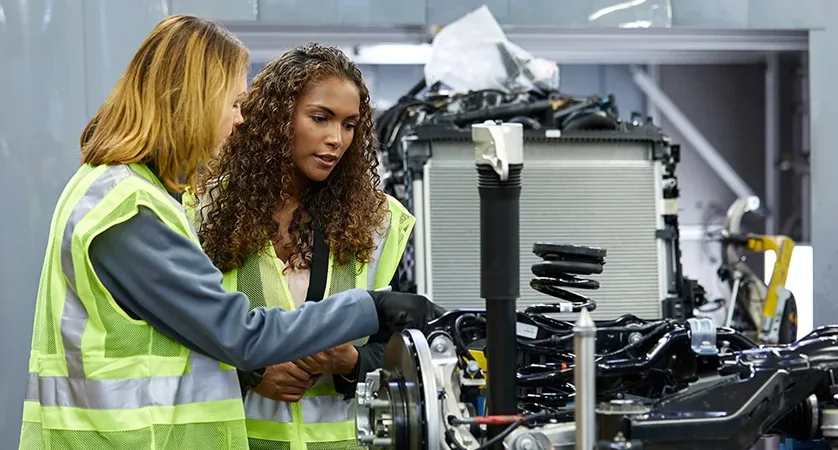How-To Plan for a Human-Machine Workforce
Wednesday, October 2, 2019
Workforce scenario planning has traditionally been an externally focused exercise by industries that took a particularly long-term view such as oil and infrastructure. The rest of us have been able to pivot to new models quickly when necessary and to hire new talent to create the workforce needed for the change. That approach won't work much longer. For many, it's not working already because skills shortages are at a 12-year high* and the future workforce isn't for sale. (*ManpowerGroup: 2018 Talent Shortage Survey.) ManpowerGroup joined forces with MxD to take a closer look at manufacturing, which is one of the industries where workforces are being affected most profoundly by digitization. Although our findings are specific to this industry, the methodology can, and should, be replicated by any sector. We created a taxonomy of a future manufacturing enterprise, mapping out the seven key areas of a typical organization - we called them domains - and forecast the future functional needs of each. It is not an exact science but going through an exercise of this kind demonstrates that we know a lot more about the shape of our future workforce than we might have realized. Companies are already drafting sophisticated three to five-year financial plans, each of which is built upon complex operational assumptions. Identifying the workforce strategy is just another dimension – and an important one - because of the forces challenging traditional workforce strategies: 16 percent of companies currently expect to increase IT headcount, widening an existing gap between workforce supply and demand. Meanwhile 38 percent of organizations say it is difficult to train in-demand technical skills. Companies say it’s even harder to train soft skills while demand for these is set to grow across all industries too - by 26 percent in the U.S. and 22 percent in Europe. Within five years, millennials and GenZ will account for more than two-thirds of the global workforce. The vast majority of workers - 87 percent - want flexible work arrangements, such as contract, part-time and temporary work. **(Source: Humans Wanted ): Companies of all sizes will struggle for different reasons. Large companies with significant and immediate skills needs could find themselves in expensive bidding wars for top talent, and to avoid this will need to invest more time, resource and strategic focus into training. Smaller companies less able to afford inflated hiring costs or time-consuming training will need to plan carefully and search proactively to stay ahead of the market. In this context, workforce scenario planning looks critical for every kind of enterprise. Future jobs will be collections of constantly evolving functions and roles. By identifying 165 such roles within manufacturing, ManpowerGroup is helping companies within that sector to prepare for their future growth needs***. (***Source: The Future Factory). Using this same methodology - a granular breakdown of expected functions and roles - companies in other sectors can map their future needs against their current workforce, and set about adjusting in real time, through upskilling, hiring or outsourcing. No industry is exempt from the digital technology revolution but every industry is equally able to prepare. We hope this article is helpful! If you need career consultants for your company, or want to read more blogs related to recruitment, Placement & HR Consultancy visit ManpowerGroup India.













